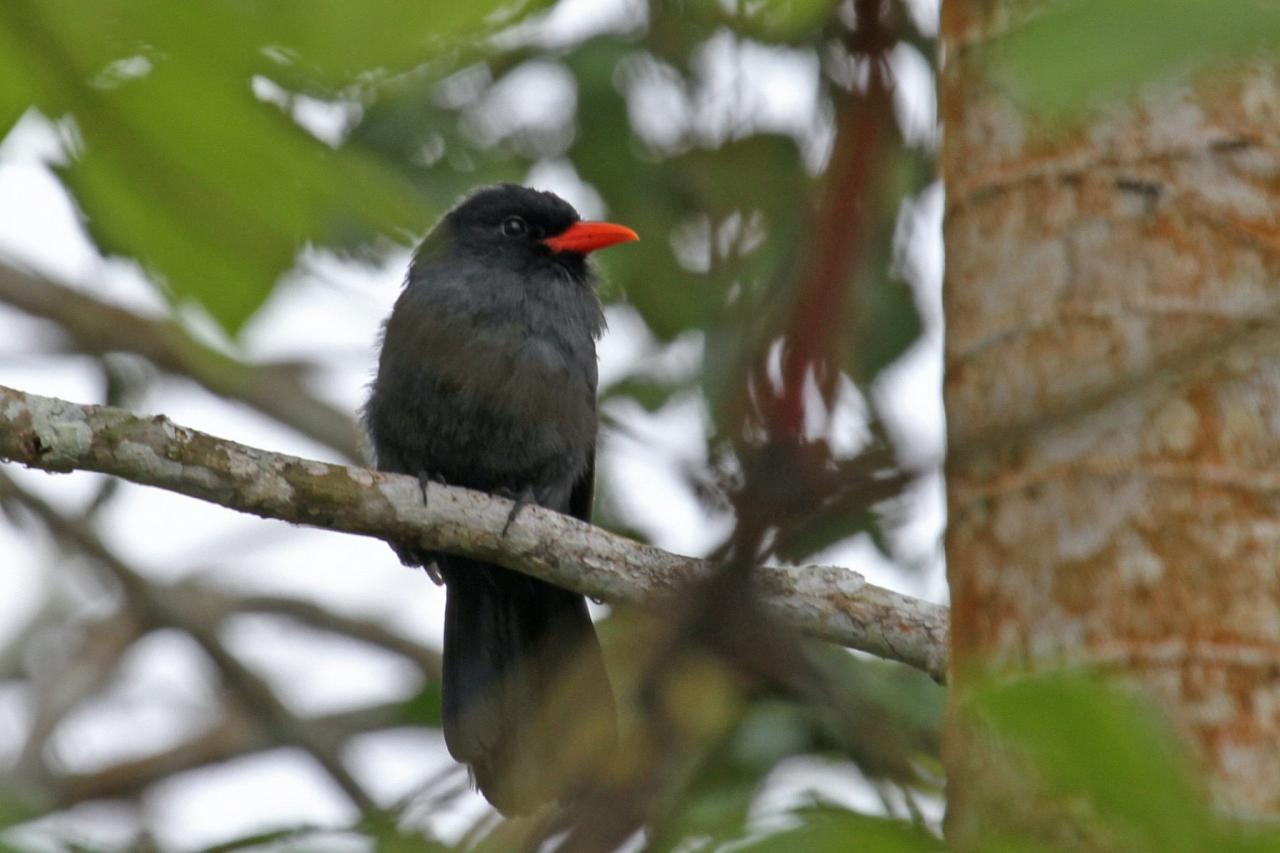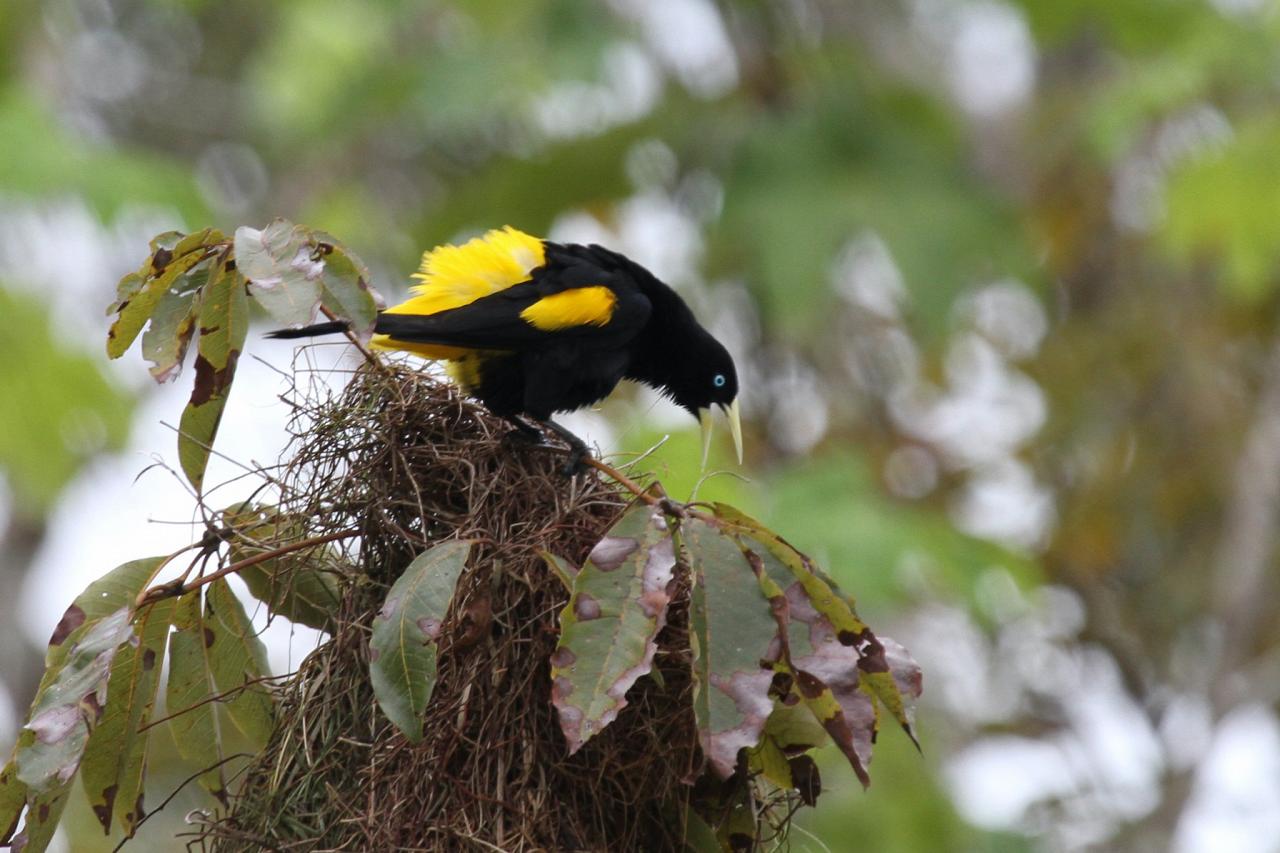- Overview
- Full Itinerary
- Extensions
- Photo Gallery
- Costing
- Travel Details
- Trip Reports
- Guide
- Know Before You Go
Join us on our always popular Amazon River cruise. Travel far past the reaches of civilization, deep into the heart of the great Amazon rainforest. More than 1,300 bird species, 40,000 plant species, two species of river dolphin, and a plethora of primates are found in this lush, ever-changing realm known simply as “The Amazon.”
While outsiders rarely get to visit the riverbank villages, our guests—under the guidance of local naturalists who were born and reared in similar villages — are greeted like family as we visit local schools and a revered Shaman.
Immerse yourself in the living labyrinth of forests, wildlife, and people along the river. Our boat offers unrivaled comfort while allowing us to responsibly travel deep into the ever-smaller waterways and remote corners of the Upper Amazon Basin.




Tour Highlights
- Enjoy the nature and culture of the Amazon with expert naturalists who ensure you learn about the Amazon’s plants, wildlife, people, and history
- Marvel at birds and mammals here that are so difficult to see in less-pristine areas, from macaws to piping-guans, large woodpeckers, fabulous raptors, and more
- Explore the fascinating relationship between the river and the people who live along the banks
- Discover an atmosphere that pulsates with life
- Cruise in luxury on the Zafiro, built especially for wildlife and bird observation


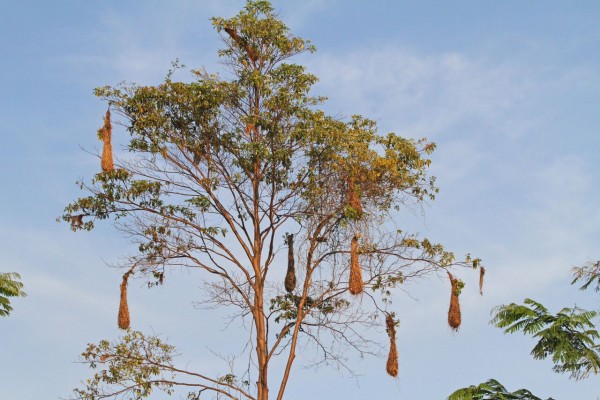

Trip Itinerary
Itineraries are guidelines; variations in itinerary may occur to account for weather, road conditions, closures, etc. and to maximize your experience.

Fri., Nov. 12: Arrive Lima
Welcome to Peru! Please arrive today at your leisure into Lima, the nation’s capital and largest city. You are transferred upon arrival to the Swissôtel for the night. Those who arrive in time can get together for a casual dinner at leisure before the start of the cruise.
Sat., Nov. 13: Lima | Iquitos | Embark | Amazon River
This morning we fly over the Andes to Iquitos where we visit the Manatee Rescue Center; here biologists and volunteers care for endangered Amazon manatees that conservation authorities have rescued. We learn about efforts to help these endearing mammals and see how the manatees are cared for and are prepared for reintroduction into their natural habitat.
We then board the elegant riverboat, Zafiro: Our home for seven nights! An exciting introduction allows for stargazing and storytelling with our local guides, while we cruise slowly on the Amazon River toward the confluence of the Marañón and Ucayali Rivers.

Sun., Nov. 14: Confluence of the Amazon River | Río Ucayali
We awake this morning on the Amazon River, seeing some of the ever-changing panorama of jungle life, as our boat continues upriver. Small villages dot the shoreline, and channels weaving through island mazes provide close-up views of a variety of birds. The confluence of the Ucayali and Marañón Rivers is famous as the beginning of the Amazon River in Peru. Amazingly, we are about 2,400 miles from where the river flows into the Atlantic. The river drops only about 350 feet the entire way! On our voyage, we travel waterways aboard sturdy excursion boats to areas where we may find marsh birds such as Oriole Blackbird, Green Ibis, Yellow-headed Caracara, Black-capped Donacobius, and White-headed Marsh-Tyrant. We then turn into the Río Ucayali, where we’re apt to find Gray River Dolphin and Amazon Pink Dolphin cavorting near the boat and along the shoreline. Later we take an excursion into the surrounding rainforest in search of giant water lilies and elusive wildlife such as monkeys and sloths. As dusk approaches, Fishing Bats begin their night’s foraging.

Mon., Nov. 15: Río Ucayali | Pacaya-Samiria Reserve
After a peaceful breakfast along the black-water Sapote Creek, we explore a small tributary of the Ucayali aboard excursion boats. Exploring animals including primates, sloths, and an enormous variety of birds. Our adventure continues upriver to the Pacaya-Samiria Reserve. Although scientific studies are far from exhausted, the Pacaya-Samiria is the known home to 450 bird species, 102 species of mammals, over 130 species of reptiles and amphibians, and countless plants. This afternoon, an excursion into this largest wetland reserve in the world provides the opportunity to see 13 species of primates, including Monk Saki, Red Howler, Saddle-backed Tamarin, and Squirrel Monkey. We explore Caro Lake, which is connected to the river by way of a very small stream, where we may find flocks of Greater Ani, often seen following monkeys in search of insects disturbed by the monkeys’ foraging. We enjoy a night-time boat excursion for a chance to find Caimans, Capybaras, Common Potoo, frogs, and other nocturnal wildlife.
Tues., Nov. 16 & Wed., Nov. 17: Rio Pacaya | Pacaya-Samiria Reserve
We spend the day exploring the flooded realm, seeing wading birds such as herons, Wattled Jacana, and Horned Screamer. Venturing deep into the rainforest, we tour an Igapó (seasonally flooded forest), where plant life is very different from what we see along the main course of our Amazon cruise. Lucky guests may release turtle hatchlings. A delicious lunch energizes us for afternoon excursions with our expert naturalists, where we may find Scarlet Macaw, Hoatzin, Black-collared Hawk, and Red Howler Monkey.
After an early breakfast on Wednesday, we board excursion boats for even further access into the heart of these vast wetlands. As we cruise the narrow waterways, we find birds such as Canary-winged Parakeet, and spectacular Blue-and-Gold and Scarlet Macaws. Primates are also fairly common, including noisy Squirrel Monkey. Once we arrive at a remote ranger station, we can enjoy a refreshing swim. We gradually make our way back to the riverboat through the maze of waterways. Enjoy an al fresco lunch and time to relax before our afternoon excursion.

Thurs., Nov. 18: Río Ucayali
We begin to head back downriver with plenty of morning wildlife. We then visit a village along the river, with the chance to learn about the lives of the “Ribereño” people who live there. Accompanied by guides who grew up along the river, this is a fantastic opportunity to stroll through gardens learning about medicinal plants and folklore, visit a school, or join in a game of soccer. The children are especially excited to see their faces on digital cameras and to show off their school and sing Peruvian songs. Depending on the villages visited during your cruise, you may also have the opportunity to see an water treatment plant that is funded by our operator. The clean drinking water provided by these plants is having an enormously positive health impact in remote river villages. Learn about medicinal plants and enjoy a blessing ceremony by a respected village shaman. Aboard the ship, learn to make traditional Peruvian dishes or enjoy an enriching lecture. After dark, go out in excursion boats to listen to the sounds of the rainforest and look for nocturnal wildlife.
Fri., Nov. 19: Amazon River
Wake up early for a morning bird watching excursion along the Yarapa River. After breakfast, try your hand at piranha fishing in Ubos Lake. Piranha are very common in the slower-moving water. With luck, we may catch red-breasted, white, or black piranha, and feast on our catch this evening at dinner. Once back aboard you’re the boat, we enjoy a farewell dinner.

Sat., Nov. 20: Iquitos | Lima | Depart
On an early morning excursion to Pilpintuwasi Rescue Center, see Two and Three-toed Sloth, Red Uakari, and even Jaguar that have been rescued. We then board our flight back to Lima, arriving in the late afternoon. Dayrooms are provided until it is time to connect with your independent overnight flight home.
Machu Picchu & Cusco Post-Tour Extension
Itineraries are guidelines; variations in itinerary may occur to account for weather, road conditions, closures, etc. and to maximize your experience.
Sat., Nov. 20: Iquitos | Lima
Late this afternoon, we fly from Iquitos to Lima, and overnight at the Costa del Sol.

Sun., Nov. 21: Lima | Cusco Urubamba Valley
This morning we fly from Lima to Cusco—the heart of the Inca Empire. We then drive into the historic Urubamba Valley, stopping in Chinchero to browse and shop for Andean handicrafts and alpaca sweaters. We enjoy plenty of time at the Urubamba Market and spend tonight at the Aranwa Hotel in Cusco.

Mon., Nov. 22 & Tues., Nov. 23: Machu Picchu
Today we board the train to Machu Picchu where we spend the afternoon exploring the amazing ruins with our guide. Our home for the next two nights is the Inkaterra Machu Picchu Pueblo Hotel.
The following day is yours to explore Machu Picchu or simply relax! Wake up early and hike to the Sun Gate or enjoy some early morning birding in the abundant gardens surrounding our hotel, home to 16 species of hummingbirds.
Wed., Nov. 24: Ollantaytambo | Sacsayhuamán | Cusco
We catch an early morning train back to the Sacred Valley. Explore the mighty archaeological wonder of Ollantaytambo, where ancient temples and fortresses were built to protect the Sacred Valley. After a Paso Fino horse show at Wayra Ranch, we continue across the valley toward Cusco. We stop at Sacsayhuamán—a huge fortress of massive stones that zigzags across the side of the mountain. We spend tonight at the Aranwa Hotel.
Thurs., Nov. 25: Cusco
Stroll the streets of Cusco, exploring the Koricancha—also known as Santo Domingo, Santa Catalina Convent, and the Cathedral. After lunch, the afternoon is free to explore on your own before a farewell dinner featuring Andean fare. Return to the Aranwa Hotel for the night.

Fri., Nov. 26: Cusco | Lima | En Route
Today we fly back across the Andes to Lima and transfer to the airport this evening for flights home around the midnight hour.
Cost of the Journey
The cost of the 10-day main tour is $6498 DBL / $8298 SGL per person (Lower Deck Suite) or $7098 DBL / $8998 SGL per person (Upper Deck Suite), or $8698 (Master Suite) double occupancy based on cabin type. Single occupancy is available on a limited basis; please ask for availability and cost. Tour price includes 9 nights’ accomodations, a dayroom on our last day in Lima, all meals aboard the ship, airport transfers, land and boat transportation during the journey, professional guide services, park and other entrance fees, and miscellaneous program expenses. Tour cost does not include internal flights to and from Iquitos ($419), personal expenses such as laundry, telephone, drinks from the bar, and gratuities for luggage handling or other services.
Cost of the post-tour Machu Picchu extension is $3999 per person based on double occupancy (please ask for single pricing), plus $419 flight to Cusco and $195 park fee.
This cruise is in high demand with very limited space on the boat. Payments are due in full at 120 days.
Travel Details
The airport is Jorge Chavez International (LIM) in Lima. Plan to arrive at a time convenient for you on Nov. 12. Please plan departures on Nov. 20 after 8:00 PM. Please watch the flight times carefully; many flights depart around midnight, so do make sure you have the correct date. If you participate in the Machu Picchu extension, plan to depart after 8:00 PM on Nov. 26. Again, watch the flight times.
Pro tip: Ask us for our travel agent’s information and let her book your flights. You can skip the worry about getting the timing right, PLUS, we’ll pay her ticketing fee.
Browse below for trip reports and species lists from past versions of this and other tours from this destination.
Amazon
- August 2012
- March 2015
- March 2016
- March 2017
- November 2018
- November 2021
- November 2023
- November 2024
-
Steve Shunk

Steve Shunk started birding in the San Francisco Bay Area in 1989, and he moved to central Oregon’s ‘Woodpecker Wonderland’ in 1997, where 11 woodpecker species breed annually. This phenomenon led to a 20-year obsession studying this charismatic family of birds. Steve founded the region’s woodpecker festival in 2008, and his Peterson Reference Guide to Woodpeckers of North America was published in 2016. He has fed leeches (his own blood) in Malaysian Borneo, and he has watched Spotless Starlings swarming around the Greek ruins of Sicily. Steve’s Alaska adventures have taken him from Ketchikan to Barrow and St. Paul Island. One of his favorite destinations takes him to see ‘eastern’ warblers breeding across the boreal forest of Alberta, but recent adventures have led him to favor the cushion plants and condors of the Peruvian high Andes. Steve speaks at bird festivals across North America, and he returns annually to speak and guide at the Vallarta Bird Festival in far-western Jalisco, Mexico. Steve joined Naturalist Journeys earlier this year, and we are excited to have him on the schedule for 2021 and beyond.
Steve’s work as a field biologist has taken him from the Coast Range of Oregon to California’s Sierra Nevada. Most recently, he conducted point-count and woodpecker surveys for a study in the Central Oregon Cascades. Steve co-founded the East Cascades Bird Conservancy (now East Cascades Audubon), and served as its first president. He also co-founded the Oregon Birding Trails Program and coordinated its flagship project, the Oregon Cascades Birding Trail. When Steve is not traveling the world for tours and lectures, he can be found writing, skiing, hiking, and watching woodpeckers at home in lovely Sisters, Oregon.Other trips with Steve Shunk
-
 Texas Coast & Big Thicket FULL - See South Texas: Birding & Nature tour in March!April 16 - 24, 2025
Texas Coast & Big Thicket FULL - See South Texas: Birding & Nature tour in March!April 16 - 24, 2025 -
 Southeast Arizona FULL - Check out Monsoon Madness in August!April 28 - May 7, 2025
Southeast Arizona FULL - Check out Monsoon Madness in August!April 28 - May 7, 2025 -
 Oregon's Malheur NWR & Woodpecker Wonderland FULL - Check our Oregon's Cascade Mountains!May 16 - 25, 2025
Oregon's Malheur NWR & Woodpecker Wonderland FULL - Check our Oregon's Cascade Mountains!May 16 - 25, 2025 -
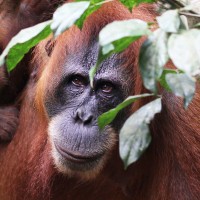 Wild Borneo: Endemic Birding & Nature Only one room left!September 30 - October 14, 2025
Wild Borneo: Endemic Birding & Nature Only one room left!September 30 - October 14, 2025 -
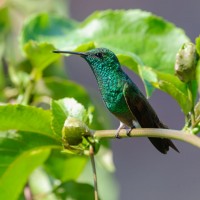 Pacific Mexico & Rancho PrimaveraNovember 24 - 30, 2025
Pacific Mexico & Rancho PrimaveraNovember 24 - 30, 2025 -
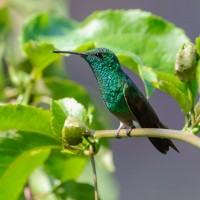 Pacific Mexico & Rancho Primavera: A Winter Escape! Sold as a Private TourComing January 2026
Pacific Mexico & Rancho Primavera: A Winter Escape! Sold as a Private TourComing January 2026 -
 Pacific Mexico & Rancho Primavera: A Winter Escape!February 15 - 21, 2026
Pacific Mexico & Rancho Primavera: A Winter Escape!February 15 - 21, 2026
-
Pace & Protocols +
Photo credits: Banner: Hoatzin by Greg Smith; Three-toed Sloth by Howard Topoff; Red-capped Cardinal by Peg Abbott; Ladder-tailed Nightjar by Peg Abbott; Cream-colored Woodpecker by Peg Abbott; Exploring the Amazon by Peg Abbott; Exploring the Amazon by Peg Abbott; Red Howler Monkey by Howard Topoff; Blue-and-Yellow Macaw by Peg Abbott; Monk Saki by Peg Abbott; Kayaking by Peg Abbott; Hoatzin on Nest, Naturalist Journeys Stock; Oropendola Colony, Naturalist Journeys Stock; Black-capped Donacobius by Peg Abbott; Blue-and-yellow Macaw, Peg Abbott; Poison Dart Frog, International Expeditions; Village Children, International Expeditions; Three-toed Sloth, Howard Topoff; Great Black Hawk, Carlos Sanchez; Kayaking with Egrets, International Expeditions; Oriole Blackbird, Peg Abbott; Clown Tree Frog, International Expeditions; Fork-tailed Flycatcher, Peg Abbott; Yellow-rumped Cacique, Peg Abbott; Amazonica Water Lily, International Expeditions; Red-capped Cardinal, Peg Abbott; Squirrel Monkey, International Expeditions; Capped Heron, Peg Abbott; Sunset on the River, International Expeditions; Wooly Monkey, International Expeditions; Excursion Boat, International Expeditions; Jabiru, Peg Abbott; Machu Picchu with Rainbows, Naturalist Journeys Stock; Machu Picchu Scenic, Bob Hill; Paso Finos and Riders, Bob Hill; Orchid, Bob Hill; Orchid, Bob Hill; Andean Cock-of-the-rock, Greg Smith; Machu Picchu Pueblo Hotel, International Expeditions; Sunset, Lynn Tennefoss; Head-dress model, Lynn Tennefoss; Local Woman, Lynn Tennefoss; Black-collared Hawk, Peg Abbott; Black-fronted Nunbird, Peg Abbott; Blue-yellow Macaws, Peg Abbott; Chestnut-eared Aracari, Peg Abbott; Horned Screamer, Peg Abbott; White-eared Jacamar, Peg Abbott; Yellow-rumped Cacique, Peg Abbott.











